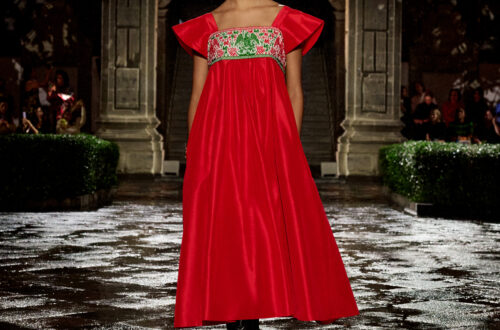Recent fashion history has undoubtedly demonstrated how streetwear is not only able to influence fashion trends, but also serves as a major design inspiration for some luxury houses. Amidst the unstoppable rise of streetwear, we can recognize sneakers as the unsubstitutable queens of fashion in the 2010s, but their status as fashion trend indicators is far from being overthrown in 2024.
If you, too, were a teenager or a pre-teen in the 2010s, chances are you have already witnessed a sneaker trend taking center stage and becoming the symbols of whole styles and aesthetics. The iconic checkered Vans monopoly on Tumblr is a perfect example of how a simple pair of sneakers can become the identifying feature of one of the most present teenage subcultures of the time. At the same time, the Adidas Superstars were the less edgy sisters of the checkered Vans, being the it-sneaker for customers who took fashion inspiration from Tumblr but did not necessarily identify with the grunge aesthetic that we recognize as “Tumblr culture” today.
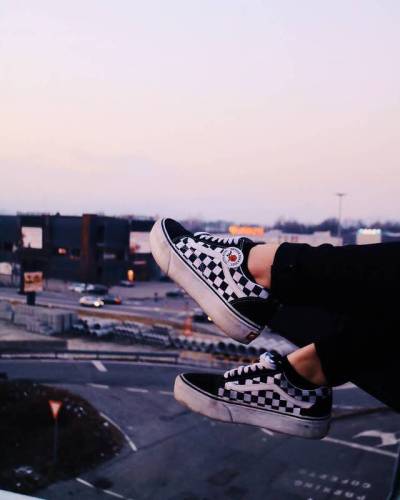
Checkered Vans on Tumblr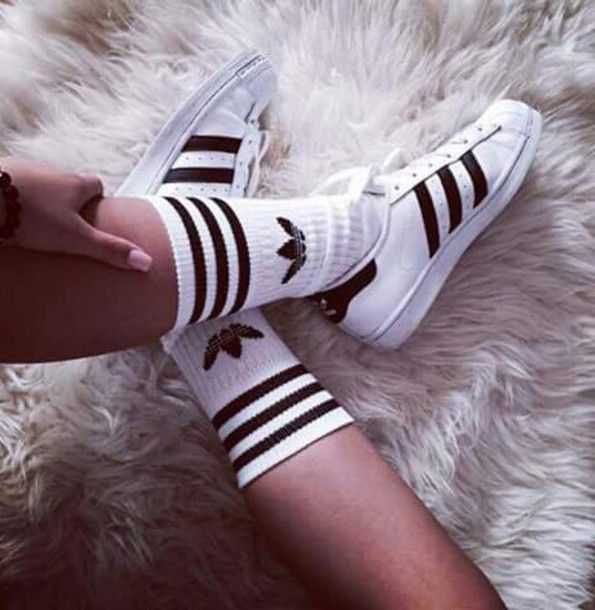
Adidas Superstar on Tumblr
Looking back in time, several brands have proposed sneakers that instantly became timeless favorites among consumers. Take the Converse All Star, first designed in 1917 and popularized in the ‘60s and the ‘70s: even now, the “Chuck Taylors”, with several variants in both color and style, represent the sneaker of choice of over 1 billion customers, which is incredibly remarkable if we consider that the main design characteristics have remained unchanged for over a century. Despite being constantly reinterpreted through collaborations, different color palettes and sole styles, the iconic design of the Converse All Star is now an irresistible icon among not only sneaker and fashion enthusiasts, but also whoever is looking for canvas sneakers. With its diverse price range and offer, Converse was able to capture a wide customer base while still maintaining its signature design, making their Chuck Taylors a timeless piece in every wardrobe.
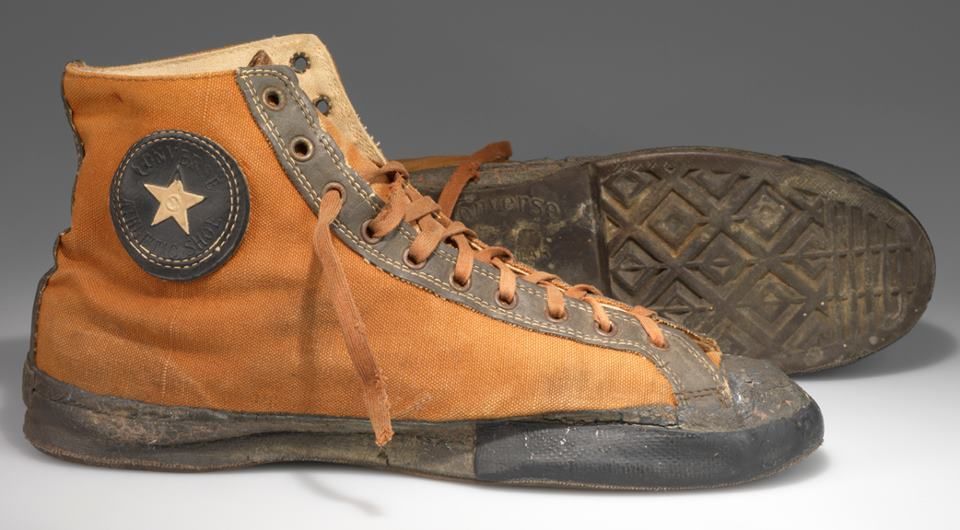
1920s Converse All Star
Focusing on market shares, as of right now Nike captures 29% of the market for sneakers, making the brand the leader in the industry, and the impact this brand has in the sneaker industry cannot go unnoticed: from the collaborations with basketball stars to the incredible success of the more basic models, like the Air Force 1’s, Nike fiercely holds the primate in sneakers through a classic, hip-hop interpretation of streetwear.
However, despite its market share not surpassing Nike’s, Adidas is currently the trendsetter in casual sneakers. With a wide array of models (Gazelle, Samba, Campus, …), colors and limited editions, the brand’s sneaker proposal is able to appeal to every segment of customers. In particular, the recent push in popularity was brought by Sambas, whose vintage aesthetic and leather composition give a feel of timeless quality, and Spezials, which build on the Gazelle cult, adding more colorful and casual proposals to the Adidas offer in terms of sneakers.
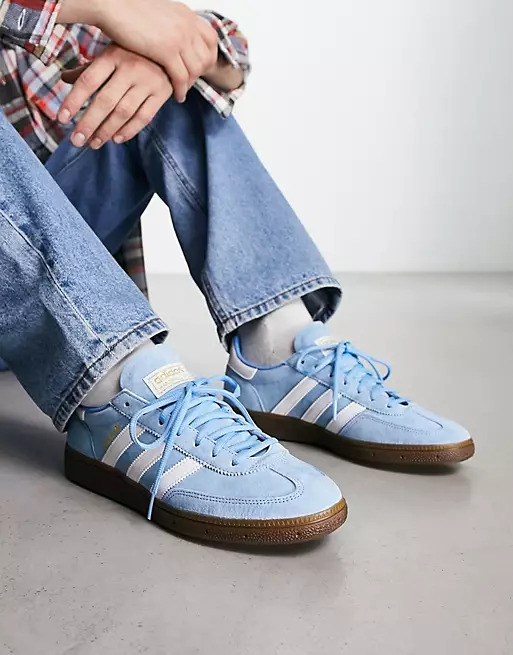
Adidas Spezial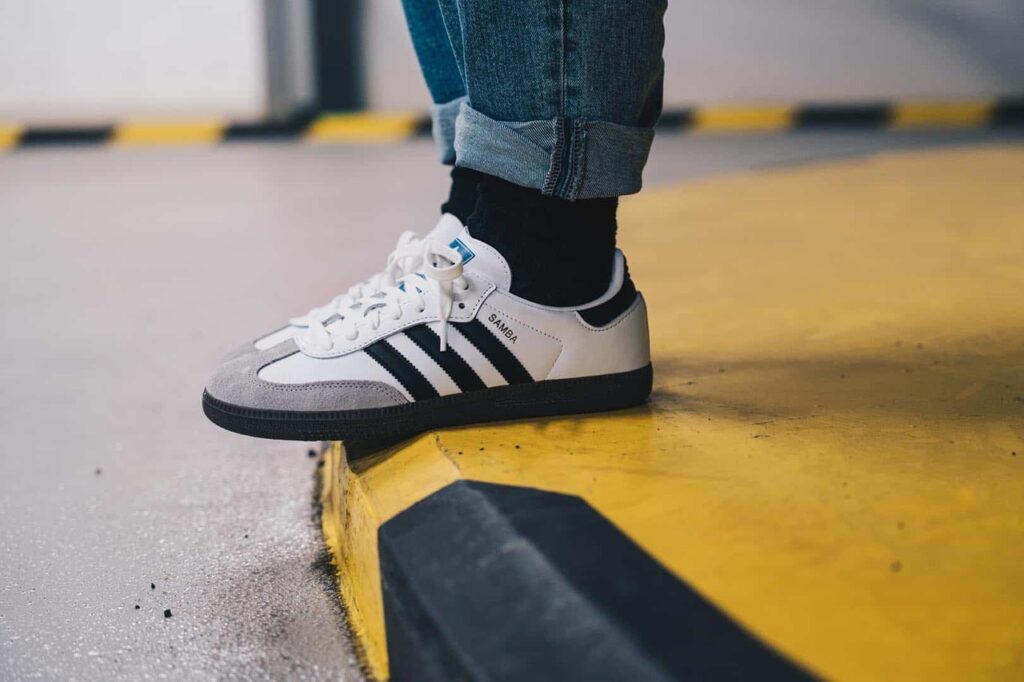
Adidas Samba
At this point, one might be led to wonder how Adidas managed to gain this much attention during the past year. To investigate this, we need to recognize the common features of these popular sneakers and how they relate to the taste of 2024 customers.
First of all, it is interesting to notice how every model is clearly inspired by vintage designs: although this characteristic is more evident in some sneakers than others (i.e. Adidas Sambas only come in neutral colors and are characterized by a very minimalistic design), even the most modern models are grounded in the traditional Adidas design. The blueprint is, of course, the Adidas Gazelle, first produced in the ‘60s and characterized by the classic colorful suede and side stripes. With the emergence of thrift shops and the revival of vintage aesthetics, almost every subculture in Gen Z is inspired by some kind of reference to the past: from ‘old money’ and ‘coquette’ aesthetics to the ‘90s cult, today’s youth holds the past as the prime source of inspiration for their fashion choices. Although the periods of inspiration might be different, the rationale remains the same: leverage on the nostalgia for the past to romanticize the present. This very ‘philosophy’ perfectly matches Adidas’s strategy of reinterpreting the Gazelle blueprint with new colors and slightly different models, therefore guaranteeing variety in their proposal while also maintaining the style perfectly recognizable.
The wide array of color options can give more than one explanation backing the Adidas phenomenon. First of all, we need to consider how the subcultures that have fragmented the fashion taste of Gen Z customers from the pandemic onwards are slowly converging as they grow up: unlike four years ago, right now trends are not isolated to one subculture only, and spread evenly among young customers. However, we need to go deeper and point out that the fragmentation of fashion trends is the direct effect of the need for individualism that the generation exhibited during the pandemic, still rooted in Gen Z’s consumption habits. In this
context, the different colors of Adidas shoes become representative of one’s unique identity and can respond to the need to stand out while still providing a sense of community through the recognizable silhouettes of Adidas sneakers. At the same time, it is worth noting that even the youngest members of Gen Z are approaching adulthood. Comparing recent trends with the demographics we are looking at right now, it is easy to notice how Gen Z have been “sobering down” their fashion choices, most likely because of newfound needs of professionality and versatility as they are approaching the job market. In this context, the need to express oneself is challenged by the necessity to purchase more timeless and mature pieces: the answer to these clashing needs is found in the individuality of colorful sneakers, able to bring some of the youthful 2020 sparkle into even the most wearable outfits.
Through a deep understanding of their customers’ demands, Adidas was able to craft an offering that perfectly answered to their needs, inspiring many other brands to do the same: Puma, for instance, has proposed its Palermo line in an incredible array of new bold color combinations, while Vans has gone as far as revamping its designs in the iconic Low line. Other smaller brands, such as Alohas, have been able to shine following the Adidas wave. However, one of the most outstanding reinterpretations of this trend is Richmond’s RICHENKA line: clearly surfing the Adidas wave, this sneaker proposes a luxury interpretation of the trend, in a bottom-up contamination that we rarely see happening from premium shoes to luxury brands. Priding themselves in proposing the real timeless pieces of the fashion industry, luxury brands do not usually explore trends that have their roots in the “lower” tiers of the fashion pyramid -for reference, consider the famous Cerulean monologue in The Devil Wears Prada-, as they are perceived as temporary and, sometimes, cheap. However, the undeniable traction that Adidas-like sneakers have on the maturing Gen Z customers is apparently too strong to resist for even luxury players in the market.
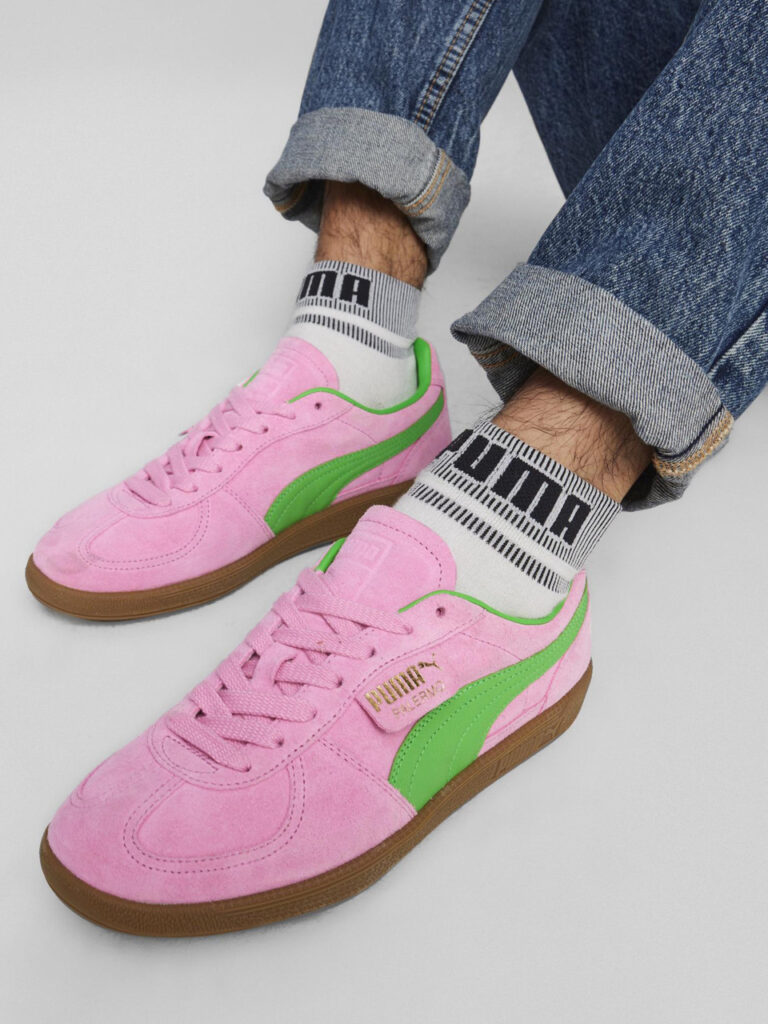
Puma Palermo 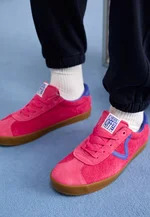
Vans Low Sport
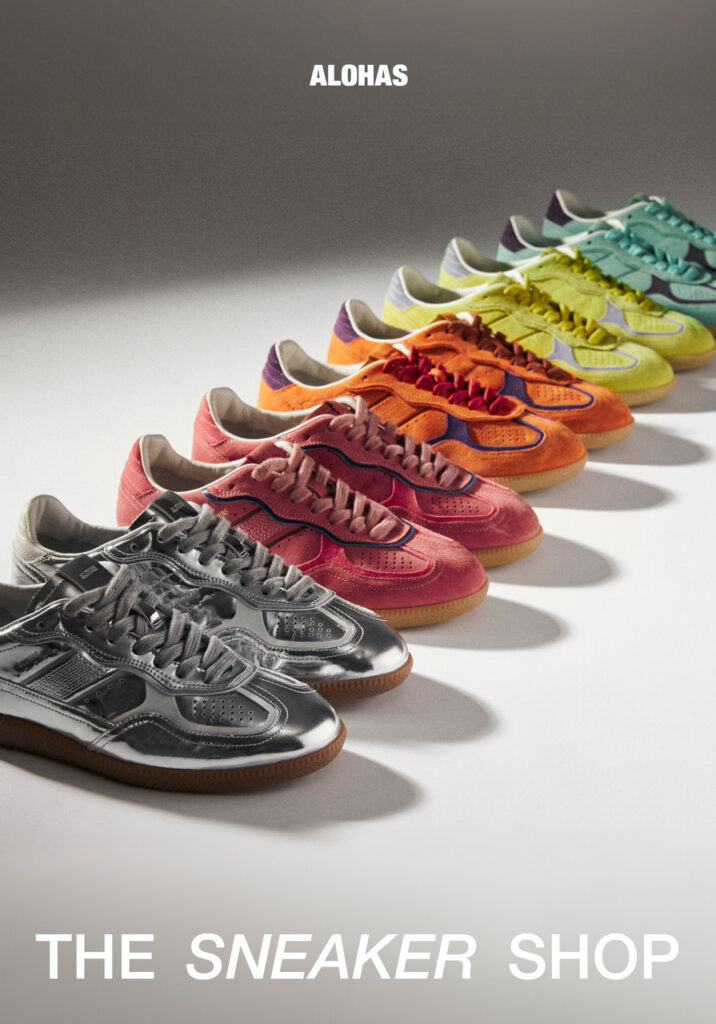
Alohas sneakers 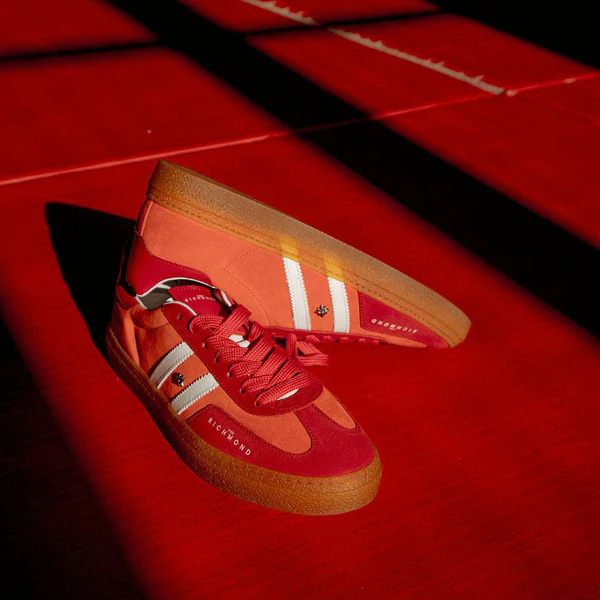
Richmond’s RICHENKA
Delving deeper into the relationship between Adidas and luxury players, it is important to underline the 2022 collaboration with Gucci, which perhaps helped the Adidas cult to spread to different customer segments, paving the way for the widespread trend of 2024. In the past few years, Adidas created several capsule collections, whose pieces are now being resold for more than double the original price. These, too, were strategies that undoubtedly backed the popularization of Adidas sneakers in 2024, helping the brand in building their reputation among high-income customers.
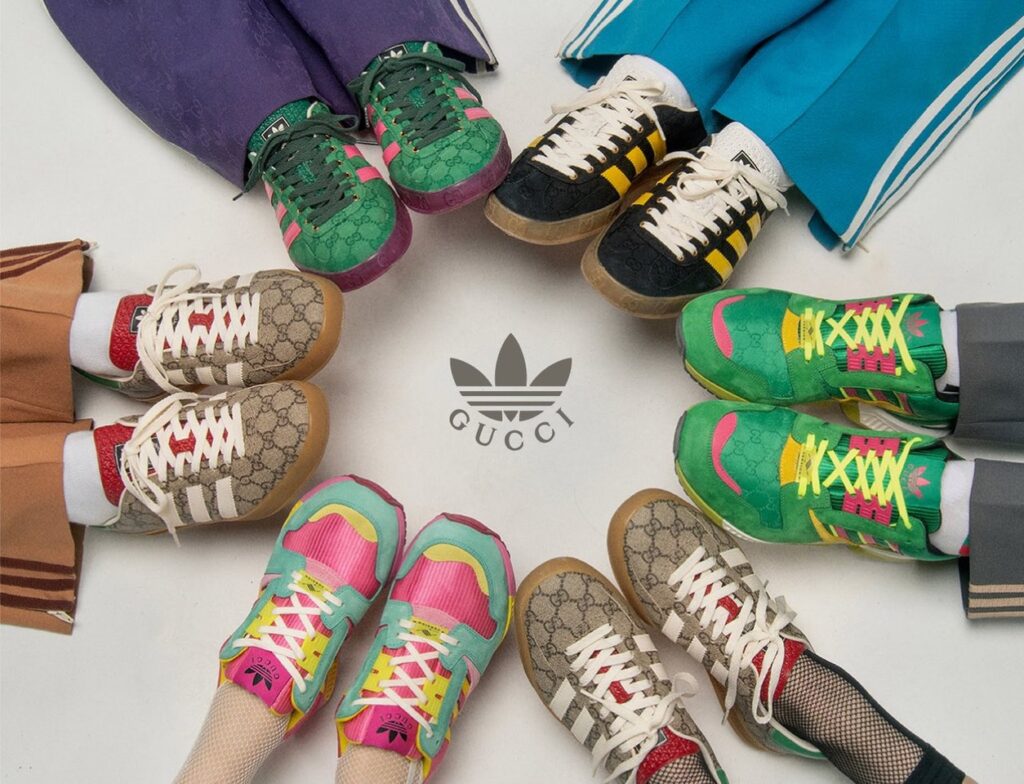
Gucci x Adidas
Thanks to an accurate study of their customer base, Adidas has been able to create a proper cult for their offering, answering the need for youthfulness and individuality exhibited by a maturing audience. What we can derive from this analysis is that the Adidas trend tells us much more than just what Gen Z customers are choosing to wear. The dynamic with which this trend has spread, in fact, is the result of a well-planned managerial strategy that was able to leverage on the maturing of Gen Z, encapsulating the needs for individuality, youthfulness and nostalgia that characterize this generation growing up.
By Chiara Ricciardi
Sources:
Blue Adidas: How to Shop the Sneaker Trend of Spring and Summer 2024 | Glamour The New It Girl Shoe: Why Adidas Gazelles Are Here To Stay In 2024 https://footwearnews.com/gallery/sneakers-history-photos/celebrity-sightings-in-new-york-cit y-december-29-2020/
Chuck Taylor All-Stars – Wikipedia.
Statistics About The Most Popular Shoes • Gitnux
The History of the Adidas Gazelle | Complex



